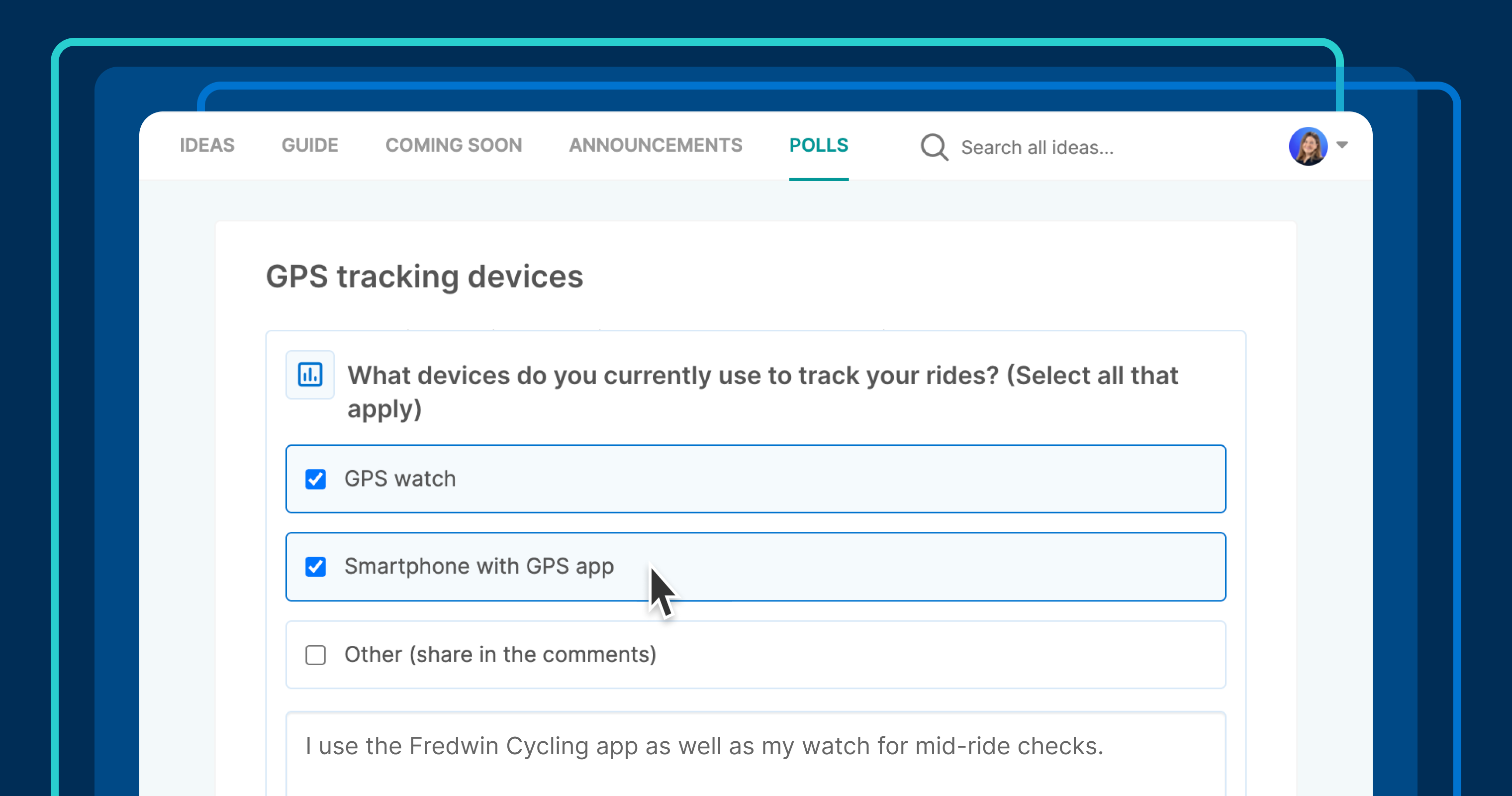Pre-Listing Inspections: How They Can Help You Sell Faster and for More
Are you thinking about selling your home? If so, you've been researching ways to make the process smoother and more profitable. One strategy that's gaining popularity among savvy sellers is conducting pre-listing inspections.

Are you thinking about selling your home? If so, you've been researching ways to make the process smoother and more profitable. One strategy that's gaining popularity among savvy sellers is conducting pre-listing inspections. This proactive approach can dramatically change your home-selling experience, and today, I'm going to walk you through exactly why and how.
What Are Pre-Listing Inspections and Why Consider Them?
A pre-listing inspection is the same comprehensive home inspection that buyers typically order during their due diligence period, but with one key difference: you, the seller, commission it before listing your property on the market.
Think of it as getting a complete health check-up for your house before putting it up for sale. Just as you might want to know about any health issues before they become serious problems, pre-leasing inspections reveal your home's condition before potential buyers ask questions.
The Traditional Home Sale Timeline
In a traditional home sale, the inspection usually happens after a buyer makes an offer and the property goes under contract. This timing can lead to several issues:
-
Unexpected repair negotiations
-
Deal-breaking discoveries
-
Last-minute price reductions
-
Transaction delays
-
Increased stress during an already tense period
When problems surface at this stage, it often leads to renegotiations or, worse, buyers walking away entirely. This setback means starting over and explaining to new prospects why the previous deal fell through—not an ideal position for any seller.
Flipping the Script with Pre-Listing Inspections
By conducting Pre-Listing Inspections before your home hits the market, you fundamentally change the dynamics of the selling process. You shift from a reactive to a proactive position, and this simple change can make all the difference in how smoothly your sale progresses.
The Tangible Benefits of Pre-Listing Inspections
Accurate Pricing from Day One
One of the most significant advantages of pre-listing inspections is the ability to price your home accurately. Without knowing your home's condition, you might shoot in the dark with your asking price.
When you have a professional inspection report in hand, you can:
-
Factor repair costs into your pricing strategy
-
Avoid overpricing based on unrealistic expectations
-
Set a price that reflects your home's actual condition
-
Justify your asking price with documentation
-
Reduce the likelihood of price reductions later
This transparency helps you establish a fair market value that considers all aspects of your property, not just the visible ones.
Increased Buyer Confidence and Stronger Offers
Nothing builds buyer confidence like transparency. When you provide a recent inspection report to potential buyers, you say, "I have nothing to hide."
This openness typically results in:
-
More serious inquiries from qualified buyers
-
Fewer lowball offers based on fear of the unknown
-
Faster decision-making by interested parties
-
Higher likelihood of full-price offers
-
Reduced contingencies in purchase agreements
Buyers appreciate sellers who provide this information upfront. It saves them time and money and reduces the anxiety accompanying such a significant purchase.
Strategic Repair Decisions
With a pre-listing inspection report, you can decide which repairs to address before listing and which to disclose with an adjusted price. This strategic approach allows you to:
-
Focus on high-impact repairs that offer the best return on investment
-
Address safety concerns that might be deal-breakers
-
Handle cosmetic issues that could negatively impact first impressions
-
Get multiple quotes for the necessary work instead of rushing with the first available contractor
-
Plan repairs according to your timeline rather than a tight closing schedule
For example, fixing electrical issues or water damage typically offers better returns than cosmetic updates to a dated but functional kitchen.
How Pre-Listing Inspections Accelerate Your Sale
Streamlined Negotiations
The negotiation phase of home selling can be particularly stressful, especially when unexpected issues arise from the buyer's inspection. By conducting Pre Listing Inspections, you effectively eliminate many surprise negotiation points.
When both parties are working with the same information:
-
Negotiations focus on price rather than unforeseen conditions
-
There's less back-and-forth about repair requests
-
The likelihood of reaching a mutually acceptable agreement increases
-
The emotional temperature of the talks tends to be lower
-
The process moves forward more predictably
This transparency doesn't mean you won't negotiate, but the negotiations tend to be more straightforward and less contentious.
Reduced Risk of Deal Collapse
According to industry statistics, inspection issues are among the top reasons real estate deals fail. Addressing potential problems before listing significantly reduces this risk.
A pre-listing inspection helps prevent deal collapse by:
-
Eliminating the "inspection surprise" factor
-
Reducing the likelihood of repair requests that the seller can't or won't accommodate
-
Preventing buyer's remorse triggered by unexpected problems
-
Minimizing lender-required repairs that could delay closing
-
Creating a cleaner, more straightforward path to closing
Each deal that doesn't fall through means saving time, money, and emotional energy—precious resources during the home-selling process.
Faster Time to Closing
In today's real estate market, time is truly money. The longer your home sits on the market or remains under contract without closing, the more carrying costs you incur. Pre-listing inspections can significantly accelerate your timeline by:
-
Attracting more serious buyers from the start
-
Reducing contingency periods in contracts
-
Minimizing last-minute repair negotiations
-
Preventing inspection-related delays
-
Allowing for pre-closing repairs to be completed ahead of time
Many sellers report that homes with pre-listing inspections sell faster and close more quickly once under contract.
Addressing Common Concerns About Pre-Listing Inspections
"Won't I Just Be Creating a Repair To-Do List?"
It's a valid concern—discovering issues means acknowledging their existence. However, remember that these issues exist whether you know about them, and they will likely be found during the buyer's inspection anyway.
The difference is that with a pre-listing inspection:
-
You control the narrative around any issues found
-
You have time to get multiple repair quotes
-
You can decide which items to fix and which to disclose with price adjustments
-
You avoid the pressure of making rushed decisions during a tight inspection contingency period
-
You present yourself as a transparent, trustworthy seller
Knowledge is power, even when that knowledge reveals imperfections in your property.
"Is It Worth the Extra Cost?"
A professional home inspection typically costs between $300 and $500, depending on your location and property size. This expense comes when you're likely already investing in preparing your home for sale.
Consider this cost in context:
-
The average price reduction after a buyer's inspection is often thousands of dollars
-
Failed deals can cost weeks or months of mortgage payments while you find another buyer
-
Rush repairs negotiated during contingency periods typically cost more than planned repairs
-
The stress and uncertainty of waiting for a buyer's inspection results have their own cost
-
A smoother, faster sale process saves carrying costs on the property
When viewed as an investment rather than an expense, most sellers find that pre-listing inspections offer excellent returns.
How to Make the Most of Your Pre-Listing Inspection
If you decide that a pre-listing inspection is right for your situation, here are some tips to maximize its value:
-
Choose a reputable inspector with solid reviews and appropriate certifications
-
Be present during the inspection to understand issues firsthand
-
Create a strategic repair plan based on the findings
-
Keep all repair documentation to share with potential buyers
-
Update your disclosure forms based on the inspection findings
-
Consider providing the full inspection report to serious buyers
-
Use the inspection as a marketing tool to highlight your transparency and the home's condition
Remember that the goal isn't to present a perfect property—it's to show an honestly represented one that buyers can feel confident purchasing.
Conclusion: A Proactive Approach to a Successful Sale
In today's informed real estate market, transparency isn't just nice to have—it's increasingly expected. By investing in a pre-listing inspection, you position yourself as a forthright seller with nothing to hide.
The benefits extend beyond just faster sales and better prices. The peace of mind comes from knowing exactly what you're selling, having a plan to address any issues, and avoiding the stress of last-minute surprises and negotiations.
While not every seller will choose this path, those who do typically find that the upfront investment in a pre-listing inspection pays dividends throughout the selling process. By taking control of your home's narrative and condition before listing, you set yourself up for a smoother, more profitable home-selling experience.
Whether in a hot seller's market or facing more challenging conditions, the transparency and confidence of pre-listing inspections can give you a distinctive edge and help you achieve the successful sale you're hoping for.









































































































![Building A Digital PR Strategy: 10 Essential Steps for Beginners [With Examples]](https://buzzsumo.com/wp-content/uploads/2023/09/Building-A-Digital-PR-Strategy-10-Essential-Steps-for-Beginners-With-Examples-bblog-masthead.jpg)





























![Senior Support Engineer - US West [IC3] at Sourcegraph](
https://nodesk.co/remote-companies/assets/logos/sourcegraph.f91af2c37bfa65f4a3a16b8d500367636e2a0fa3f05dcdeb13bf95cf6de09046.png
)




















